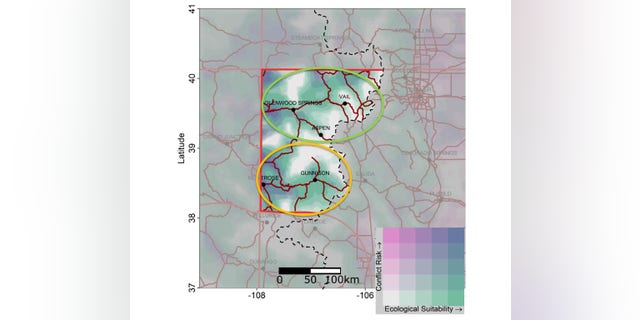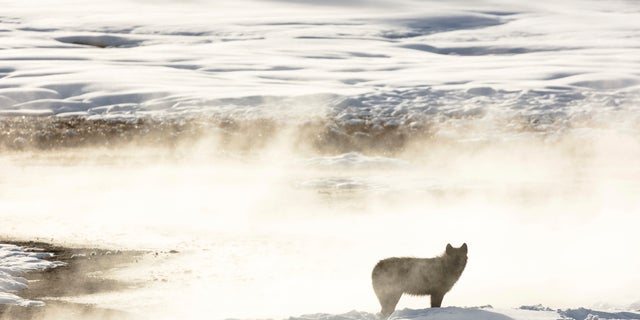Colorado draft plan to reintroduce gray wolves into state concerns citizens
The Colorado Parks and Wildlife Commission’s plan to re-introduce gray wolves into the wild has some residents questioning whether the best sites were chosen, according to reports.
The commission dropped its 293-page draft proposal – dubbed the Colorado Wolf Restoration and Management Plan – on Dec. 9, which outlines how it will achieve the primary goal of recovering and maintaining a viable, self-sustaining wolf population in Colorado, while working to minimize wolf-related conflicts with domestic animals, other wildlife and people.
This all started in 2019 when a citizen-led group called the Rocky Mountain Wolf Action Fund sought a way to give voters the choice on reintroducing wolves in the state.
SIX WOLVES FOUND DEAD, POISONED IN WASHINGTON STATE
After gaining enough signatures, the group successfully got Proposition 114 on the ballot. The proposition required the commission to develop a plan to restore and manage wolves in Colorado, which was to begin by Dec. 31, 2023.
Proposition 114 passed with 50.93 percent of the vote in November 2020
The draft plan presented this month spells out ways the commission plans to manage conflicts, whether through education, non-lethal techniques, lethal taking of wolves, and damage payments.

The first line of defense, according to the plan, is to use non-lethal means.
20 WOLVES FROM YELLOWSTONE NATIONAL PARK KILLED BY HUNTERS, ONLY AN ESTIMATED 94 REMAIN
CBS station KCNC in Denver reported that citizens of Summit County – which is located west of Denver and encompasses popular destinations like Breckenridge, Vail, Copper Mountain and Silverthorne – are concerned with the locations the commission plans to release wolves into the wild.
The criteria used for choosing locations was that the areas be west of the Continental Divide, 60 miles from the northern, western, and southern borders of the state, and a similar buffer from tribal lands in southwestern Colorado.

The commission found two suitable areas. The first area is along I-70 between Glenwood Springs and Vail, extending down the Roaring Fork Valley.
The second area identified is along the Highway 50 corridor between Monarch Pass and Montross. All releases will take place on state or private land.
KCNC reported that along with concerns of the locations, locals were concerned about the predatory nature of wolves and that they may eat their dogs as snacks.
Once the plan is finalized, the commission should begin reintroducing wolves into the state by the end of 2023.
Read the full article Here


